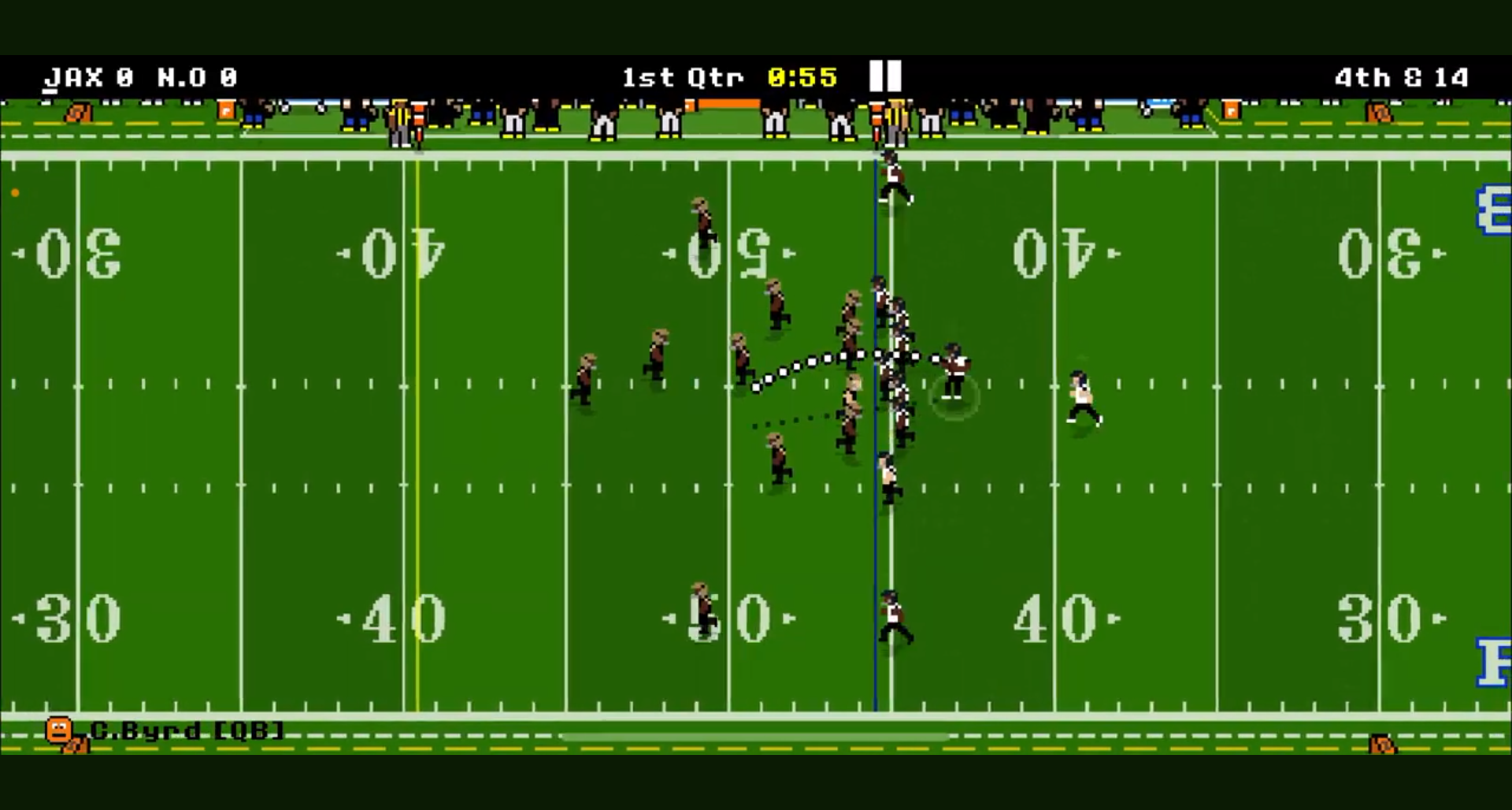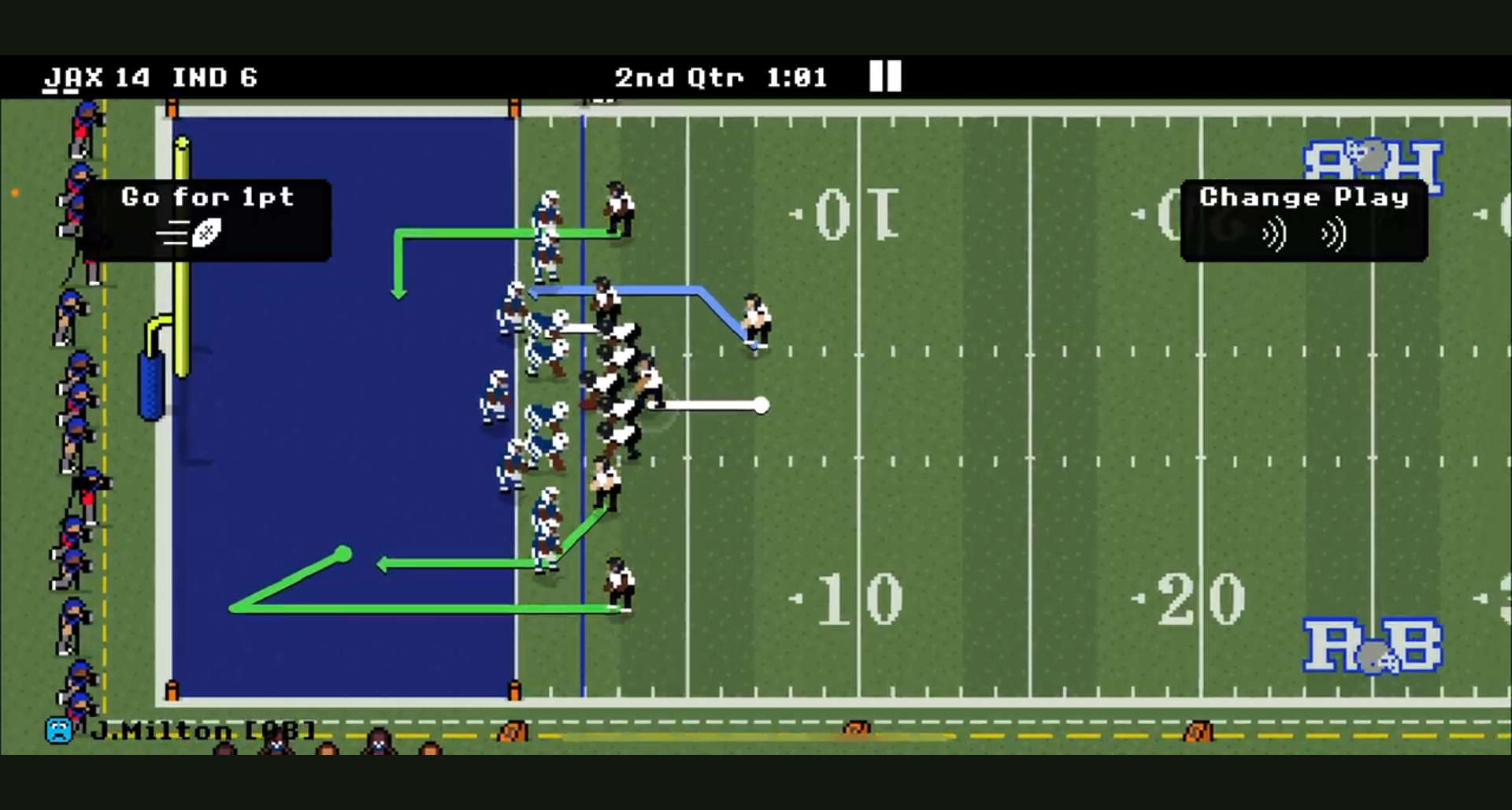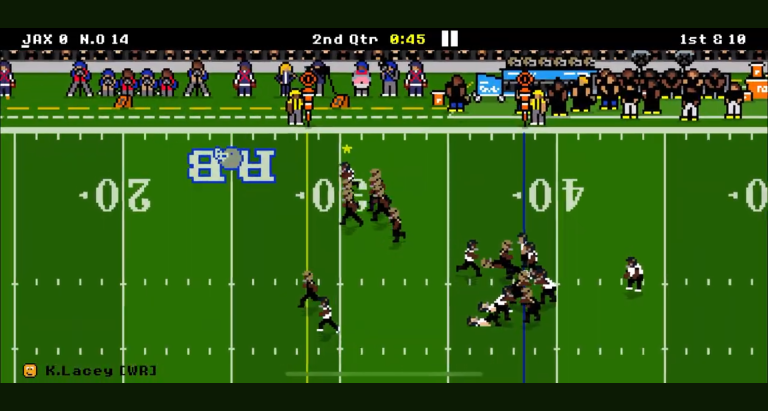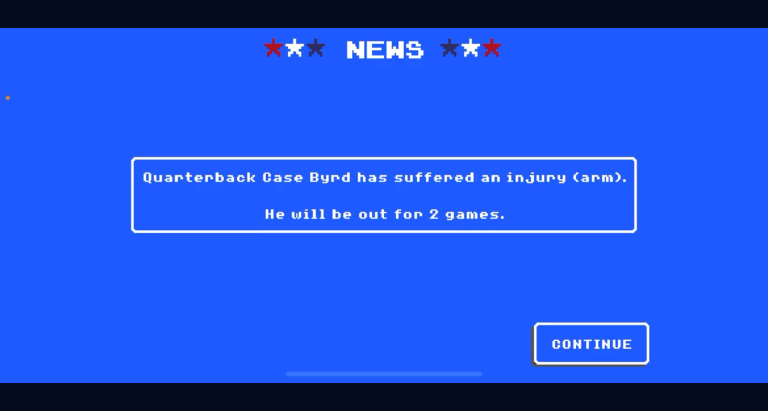Retro Bowl has gained immense popularity in the world of mobile gaming, providing players with a unique blend of strategy and nostalgia. As coaches and managers, players face one vital task—the draft process. Understanding how to maximize this experience can significantly impact your team’s performance. In this article, we will explore how to get the best draft in Retro Bowl, discussing effective strategies, preparation, and ongoing adjustments that will lead to a winning roster.
Understanding the Draft Process in Retro Bowl
What is the Draft in Retro Bowl?
The draft in Retro Bowl is a critical component that allows players to build their teams from a pool of available athletes. Each season, managers participate in a drafting process where they select players to enhance their roster. This mechanic not only adds depth to the game but ensures that every team varies based on strategic choices, making each season unique and challenges distinctive.
The Importance of Draft Strategy
A well-planned draft strategy can greatly enhance your team’s chances of success. The right picks can make a significant difference in both short-term performance and long-term growth. For instance, investing in a top-tier quarterback can yield immediate benefits, while selecting younger players with high potential can secure future victories. Understanding the long-term benefits of solid player selection is key to achieving excellence in how to get the best draft in Retro Bowl.
Preparing for the Draft
Analyzing Team Needs
Before the draft begins, it’s crucial to evaluate your team’s current strengths and weaknesses. This analysis typically involves:
Assessing Your Team’s Strengths and Weaknesses
- Offense vs. Defense Needs: Determine which side of the ball requires more support. For instance, if your offense lacks a reliable wide receiver, prioritizing this position in the draft is essential.
- Key Positions to Prioritize: Identify the positions where you are lacking depth and ensure you have a plan to cover those areas.
Researching Player Stats
In order to craft a strong draft strategy, you must lay the groundwork through thorough research. Player statistics are vital in understanding potential and performance:
Importance of Player Statistics in Decision-Making
Player stats help determine a player’s effectiveness in key areas. Recognizing a player’s past performance trends will guide your decisions. Websites such as NFL.com and community forums provide valuable insights that are essential when gauging player potential.
Where to Find Relevant Player Data
- Official game statistics on the Retro Bowl app.
- Fan forums with user-generated content and analysis.
- Data from community sites dedicated to discussing player effectiveness.
Setting a Draft Budget

Understanding how draft budgets work in Retro Bowl is key to making prudent decisions:
Explanation of How Draft Budgets Work in Retro Bowl
Your budget will dictate your ability to select certain players. Balancing investments between star players and role players is critical in forming a well-rounded team.
Keeping an Eye on Cap Space
Monitoring your cap space will help you avoid overspending on a single player, leaving other positions neglected.
Draft Day: Strategies for Success
Pre-Draft Preparation
In preparation for the draft, assembling a list of target players based on your analysis and research is vital:
Creating a List of Target Players
Consider players who fulfill your team’s needs and also possess high ceilings for performance. Having multiple options increases your flexibility during the draft.
Prioritizing Based on Various Criteria
Evaluate players based on age, skill level, and potential. This ensures that you can make informed decisions on the day of the draft.
Understanding Player Trends

Analyzing trends can give you an edge in the draft:
Analyzing Trends in Player Choices
- Popular Players vs. Underrated Gems: Recognizing which players are sought after vs. those overlooked can help you snag valuable assets late in the draft.
- Factors Influencing Player Popularity: Study historical choices and current league performance to anticipate player availability.
Execution During the Draft
Execution is critical on draft day:
Importance of Staying Flexible and Adapting
Remaining adaptable to changes in the draft is essential. Your desired player may be taken before your turn to select, forcing you to pivot and make the best choice amongst available options.
Tips for Quick Decision-Making
- Avoiding Impulse Picks: Stick to your pre-draft strategy, even when a tempting option appears.
- Listening to Gut Instincts: Trust your preparation and instincts, but balance this with statistical evidence.
Post-Draft Analysis
Evaluating Your Team
After the draft concludes, take time to evaluate the balance of your newly crafted roster:
Analyzing the Drafted Roster’s Overall Balance
Identify strengths and consider how the dynamics might work together. A well-rounded team is crucial for long-term success.
Identifying Immediate Weaknesses to Address
Recognizing immediate gaps enables you to create a strategy for trades or free agency interventions.
Making Necessary Adjustments
Your team’s initial draft is just the beginning:
Using Trades and Free Agency to Improve the Roster

Monitor player performance closely and be ready to trade or sign free agents who can fill roles effectively. Flexibility in adjusting your roster is key.
Importance of Monitoring Player Performance and Making Timely Changes
Keeping track of how players perform in the actual game will inform your decisions on whether to stick with certain players or seek alternatives.
Tips and Tricks for a Successful Draft
Common Mistakes to Avoid
To become adept at how to get the best draft in Retro Bowl, it’s crucial to steer clear of common errors:
- Overvaluing Aging Players: While veterans bring experience, they may not have the longevity to be a reliable choice.
- Ignoring Team Needs for Flashy Picks: It’s essential to focus on team needs instead of simply choosing popular players.
- Failing to Utilize Available Stats and Resources: Don’t rely solely on gut feelings; incorporate statistical data into your strategy.
Utilizing Community Insights
Engaging with the Retro Bowl community can enhance your draft strategy:
Engaging with Forums and Discord Channels for Advice
Forum discussions and Discord channels can provide valuable insights from veteran players who share their experiences and tips with the community.
How to Collaborate and Share Strategies with Others
Collaborating with other players allows for collective brainstorming and strategy sharing that can improve your drafting skills.
Keeping a Draft Journal
To aid in future drafts, maintaining a draft journal will offer insights from past decisions:
Importance of Tracking Past Drafts
Recording your choices and their resulting outcomes will help identify patterns and areas for improvement.
Learning from Previous Mistakes to Improve Future Drafts
Every draft carries lessons. Reflecting on these experiences can shape better decision-making in future seasons.
Conclusion
Successfully navigating the draft process requires careful preparation, adaptability, and strategic thinking. Implementing the techniques discussed in this guide on how to get the best draft in Retro Bowl can improve your gameplay immensely. By taking the time to analyze team needs, research players, and formulate a thoughtful draft strategy, you are bound to elevate your team’s performance. Start applying these strategies today and witness the transformation in your gaming experience!
Additional Resources
For more insights, consider visiting Retro Bowl’s official site or check out community-created guides on YouTube.
Call to Action
We’d love to hear your experiences! Share your drafting tips or lessons learned from your past drafts in the comments. Be sure to subscribe for more enriching content focused on mastering Retro Bowl.
| Key Aspect | Details |
|---|---|
| Draft Importance | Forms the foundation of your team for the season |
| Team Analysis | Identify strengths and weaknesses |
| Player Research | Utilize statistics and community resources |
| Drafting Strategy | Prioritize team needs and potential |
| Post-Draft Actions | Evaluate and adjust roster accordingly |
FAQ
1. What is the best way to assess my team’s performance needs?
Look at the previous season’s performance, identify where you consistently struggled, and focus on those areas in the draft.
2. Where can I find player statistics for Retro Bowl?
Official platforms like the Retro Bowl app and external community forums often provide comprehensive player stats.
3. Should I focus on young players or veterans during the draft?
A balance is critical; younger players can grow, but veterans bring experience that can guide your team’s development.
4. How can trades improve my drafted team?
Trades allow you to exchange underperforming players for those that better fit your team’s needs or enhance weaknesses.
5. How often should I adjust my roster post-draft?
Regularly monitor player performance, and be willing to make changes after assessing your team’s performance in games.
6. Is it beneficial to follow community insights for drafts?
Yes! The community often shares valuable tips and strategies that can offer new perspectives and enhance your drafting approach.
7. Can I still win with a bad draft?
While a poor draft can hinder success, effective coaching and in-game strategies can mitigate issues and lead to victories.
8. How long does the draft process take in Retro Bowl?
Draft lengths vary based on the number of players and decisions to be made, but planning can streamline the process.
9. Should I prepare for the draft with a specific number of players in mind?
Yes, having a list of 10-15 target players can help you navigate the draft without getting stuck on specific choices.
10. What is the most common drafting mistake?
Overvaluing players based on popularity rather than team needs often leads to significant drafting errors.


